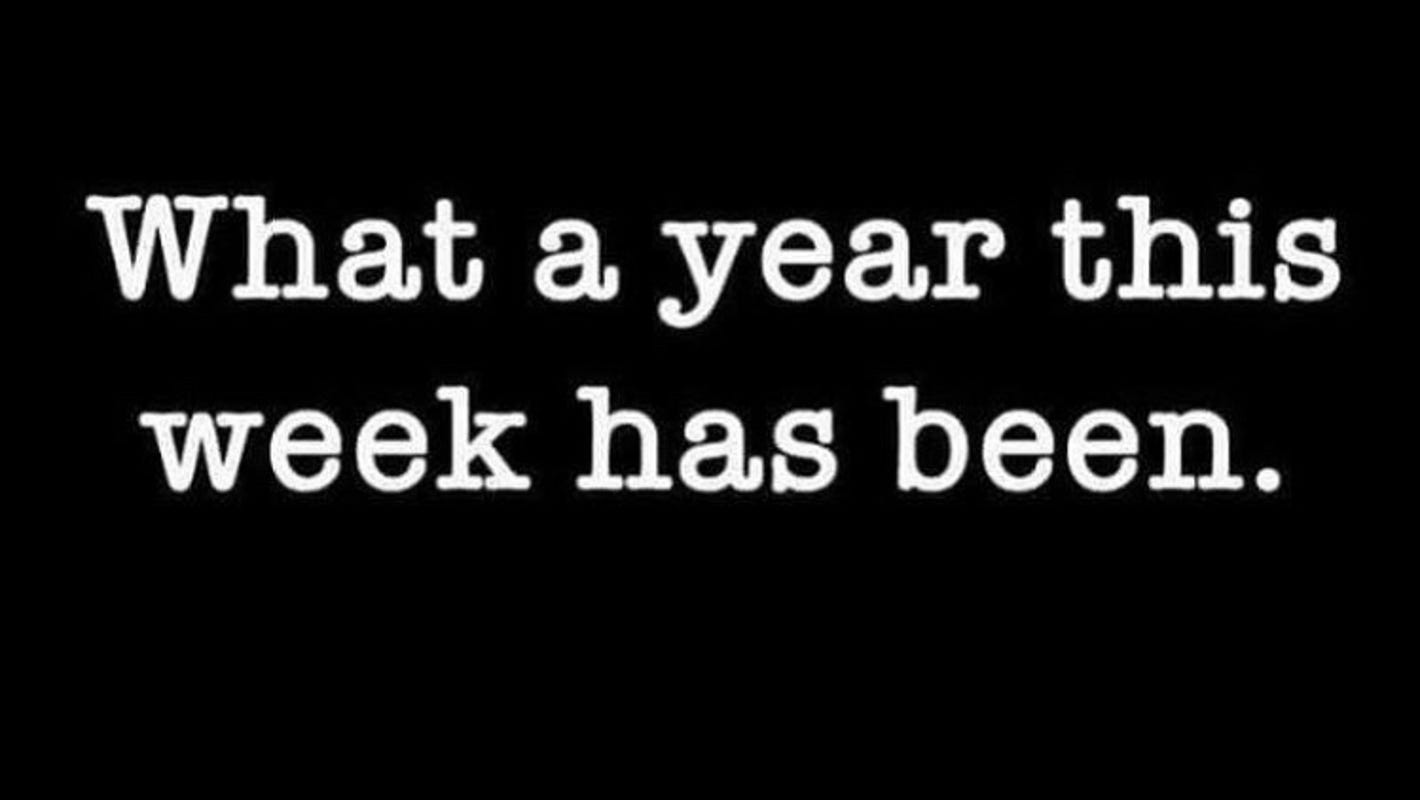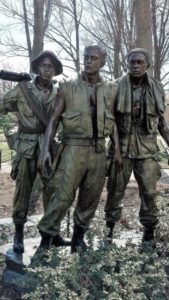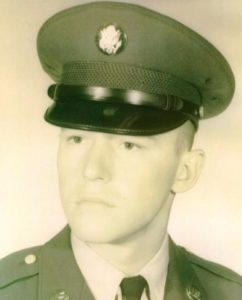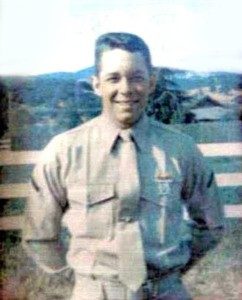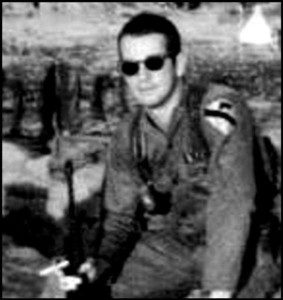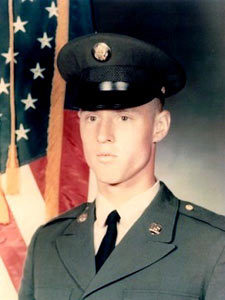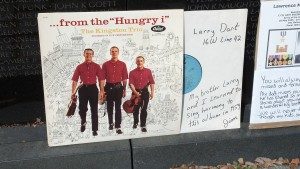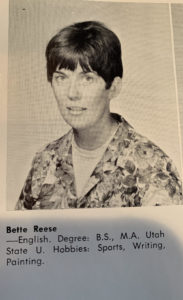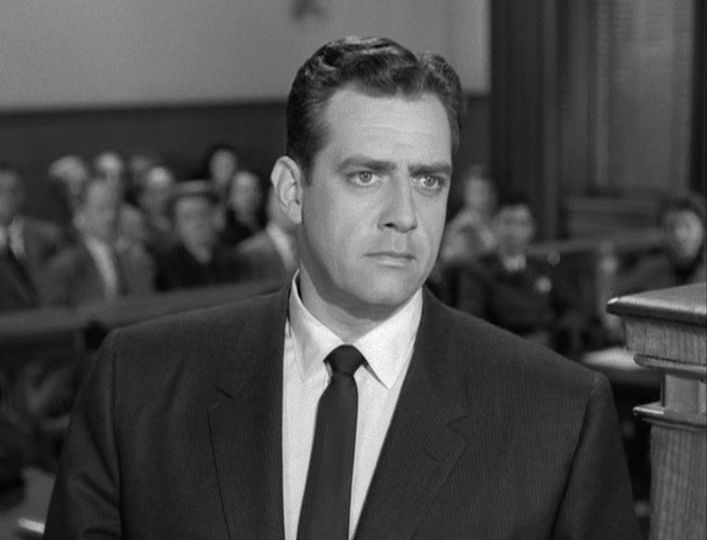By Suzanne Sparrow Watson
I thought this day would never come and I can’t believe I’m writing this, but I’m afraid I’m going to have to break up with you. We’ve been through a lot together over the past few years. You have tolerated the last minute changes to my shopping list and I have put up with your delivery fees, ridiculous upcharges and tipping requirements even for poor service. Oh, we had some good times and I will always be grateful that we didn’t have to haul those 40 pound bags of potassium home from Costco, but no amount of heavy lifting can compensate for the seemingly brain-addled “customer service” delivery people you have in your employ.
I realize that COVID has caused all of us to make some changes to our lifestyle. For those of us drawing Social Security that has meant staying home a bit more and relying on delivery services such as yours. I do realize that has required you to hire a lot of people quickly to meet the demand. But might I suggest that in addition to a drug test you also hold a mirror under the nose of any prospective employee just to make sure they’re functioning? Or perhaps hold a flashlight up to their ear to see if a beam of light shines through to the other side, to determine if there is actually something in between. Let me detail my last two experiences with your company.
In May I placed a very large order – we were at the beginning of “hunkering down” and I wanted to ensure we had adequate supplies. When the driver arrived my husband and I took turns wiping down the groceries before bringing them into the house (remember those fun days?). As the driver was backing out of our driveway I noticed that quite a few items were missing. I ran out into the street and flagged him down to tell him of the problem. It was then that he remembered that he had another large box of items for us in his trunk. TRUNK??? What happened to your promise of “your items will be kept in a temperature controlled environment” during delivery? In May, in Arizona, the only temperature in the trunk of a car is HOT. I wrote it off as a one time problem. But, alas, I was being way too optimistic.
Two weeks ago we needed more potassium so I ordered three bags plus seven other items. My shopper notified me that she started my order at 11:15. Because I don’t have much to do these days I obsessively kept looking at my phone for updates as she shopped. A person with blindfolds on could have shopped faster. At first I thought maybe she was grazing the “tasting stations” but then remembered they are shut down. It got to be 11:45 and she had three items in the cart. I was screaming at the phone. That didn’t help. She didn’t conclude shopping until 12:10. I could have driven there, shopped and been home in that amount of time. I assumed (correctly, as it turns out) this person had trouble finding things so I called our guard gate and asked them to provide your driver with a very detailed map to our house. Hansel and Gretl could not have done a better job at highlighting the trail.
 It is normally a 20 minute drive to Costco but your driver must have detoured to … well, I don’t know quite where. She didn’t arrive at the gate until 1 pm. It should take six minutes to get to our house from there. At 1:15 I assumed (again, correctly) that your driver was lost. I got into my car and drove around trying to spot her. No luck. Finally at 1:25 she called to tell me since we weren’t home she was leaving our groceries in our driveway. We were IN our driveway. She asked me to confirm the address – which was on both our Instacart account and the map she was given – and sure enough, she had the wrong house number. Finally, she arrived at our home, unloaded the potassium and a small box of other items and then said, “Oh yeah, I have your case of water in the back of my truck”. I assumed she meant the back seat of the cabin but no, it was actually in the flatbed of her truck, roasting in the 106 degree temperature for the past hour and fifteen minutes. The water was so hot I could have brewed tea. We refused the case, explaining that it’s not healthy to drink out of hot plastic bottles. She stared at me blankly. I was speaking Greek as far as she was concerned. To her credit, she refunded our money and took the case with her, no doubt to foist it on another unsuspecting customer.
It is normally a 20 minute drive to Costco but your driver must have detoured to … well, I don’t know quite where. She didn’t arrive at the gate until 1 pm. It should take six minutes to get to our house from there. At 1:15 I assumed (again, correctly) that your driver was lost. I got into my car and drove around trying to spot her. No luck. Finally at 1:25 she called to tell me since we weren’t home she was leaving our groceries in our driveway. We were IN our driveway. She asked me to confirm the address – which was on both our Instacart account and the map she was given – and sure enough, she had the wrong house number. Finally, she arrived at our home, unloaded the potassium and a small box of other items and then said, “Oh yeah, I have your case of water in the back of my truck”. I assumed she meant the back seat of the cabin but no, it was actually in the flatbed of her truck, roasting in the 106 degree temperature for the past hour and fifteen minutes. The water was so hot I could have brewed tea. We refused the case, explaining that it’s not healthy to drink out of hot plastic bottles. She stared at me blankly. I was speaking Greek as far as she was concerned. To her credit, she refunded our money and took the case with her, no doubt to foist it on another unsuspecting customer.
So, dear Instacart, I hope you understand that unless and until you can hire people who have some modicum of common sense, we’re finished. Might I suggest that you start with simple map reading. I am not holding my breath.
Signed,
Just Another Satisfied Customer













